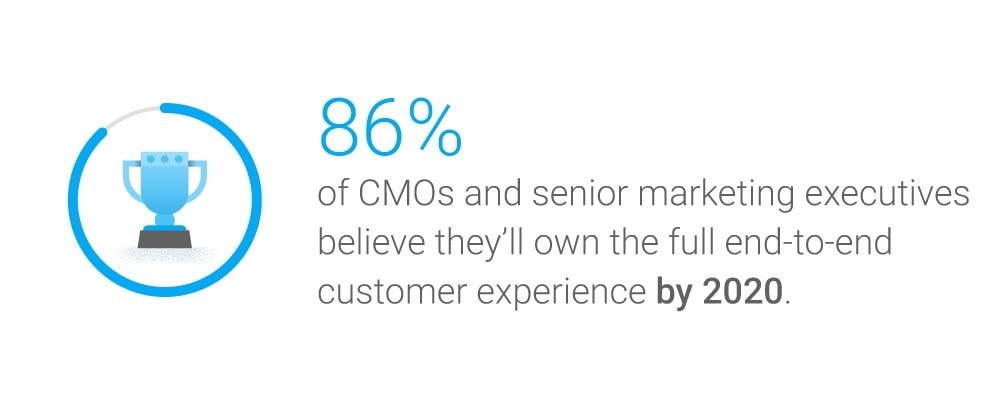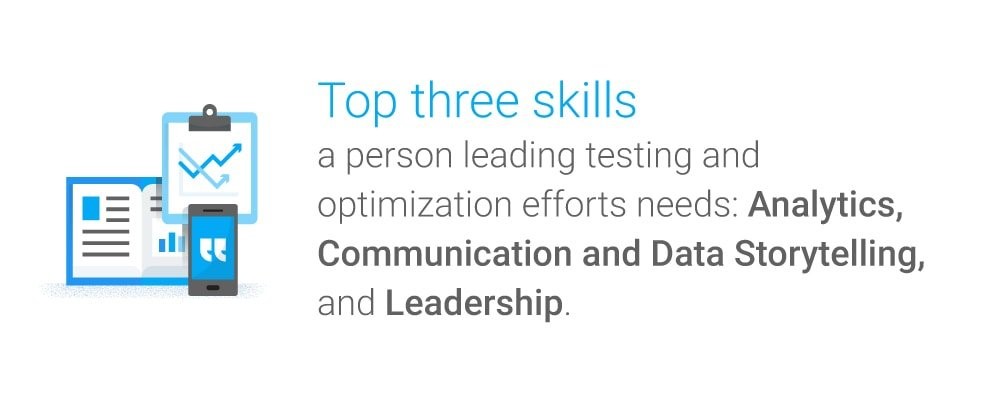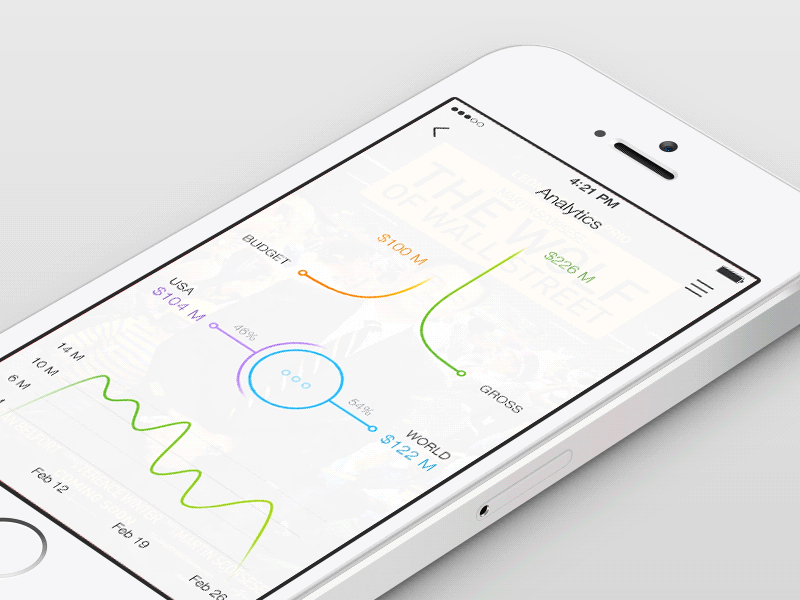As marketers seek to turn their companies into labs for testing and optimization, three types of people will be essential. Casey Carey, director of Google Analytics Marketing, shares how to identify these individuals and create your own culture of growth.
What does it take to spark a culture of growth in a busy company?
Google recently posted this question to senior digital leaders and marketers. We learned that the better question might be: “Who does it take?” To jumpstart a culture of growth, identifying and putting the right team in place is absolutely critical.

Source: The Economist Intelligence Unit, “The path to 2020: Marketers seize the customer experience,” Base: 499 chief marketing officers (CMOs) and senior marketing executives, global, 2016.
Share
Eighty-six percent of CMOs and senior marketing executives believe they’ll own the full end-to-end customer experience by 2020, according to a recent survey.1Already, many marketers are creating useful and engaging micro-moment experiences along the customer journey. And they often use customer analytics to help them create value. That’s where the culture of growth comes in; it’s a mindset that embraces the use of data, testing, and marketing optimization as a way to improve the customer experience every day.
Who it takes
Building a culture of growth is undoubtedly a team effort. Still, during our conversations with senior marketing leaders, three distinct personality types emerged that help gets the ball rolling. They’re the Pioneer, the Champion, and the X-Team.
- The Pioneer is a change-maker with a passion for challenging the status quo. He or she possesses the urge to test new ideas and the determination to beg, borrow, or steal resources to make them real. “The trend we see with companies at first is typically one or two persons doing the optimizations,” said Max van der Heijden, a Google user experience specialist who works with advertisers across Europe, the Middle East, and Africa. A pioneer is usually a mid-level employee: a designer or data analyst, for instance. To find the pioneer in your own company, ask your developers who have asked for help establishing A/B testing and experiments for his or her own projects.
- The Champion is a VP or C-level employee who discovers and supports the pioneer with the resources needed to move ahead: money, talent, developer time, and a sense of urgent priority. This champion isn’t usually active in running tests, but realizes their value and gives them full support.
- The X-Team is a small, cross-functional cadre of experts that can make tests happen. Jesse Nichols, head of web and app analytics and growth for Nest, said the group is often a trio consisting of an analyst, a designer, and an engineer. “Put them in a single room with a single focus: optimization,” he said. “With that group, you can ship something in weeks that would normally take months to get off the ground.”
The essential skills
To better understand the types of skills a person who leads testing and optimization efforts needs, we surveyed marketers who embrace A/B testing or online experiments. The skills that emerged as most essential intrigued us. Even though an optimization role requires expertise in data and analysis, soft skills made it into the top three. Marketers told us analytics (55%), communication and data storytelling (43%), and leadership (40%) were critical.

Source: Google Surveys, U.S., “Marketing Growth and Optimization,” Base: 251 marketing executives who conduct A/B tests or online experiments, Oct. 2016.
Share: The theme of data storytelling came through again and again as we talked to marketing innovators. All the data in the world wouldn’t help if a team couldn’t clearly explain the numbers to others and demonstrate why they mattered. Jesse suggests rigorously documenting tests and results, “because you’re going to find yourself presenting to a series of leadership teams to show them what you can offer.”
That’s also where leadership skills come in. Those who lead testing and optimization efforts must be able to drive cultural change—and forge ahead, no matter the obstacles they encounter.
“We refuse to believe that our customers’ experiences should be limited by our resources,” said Andrew Duffle, director of analytics at precious metals dealer APMEX. “We test everything.”
APMEX is always testing new ideas, Andrew added. “Creative versus non-creative, the impacts of SEO content on engagement, conversion rate optimization on low-performing pages, new user experiences, and even the price sensitivity of different products,” he said.
“It is critical to have the courage to test big,” said Adam Lavelle, chief growth officer at Merkle. “If you spend all your time merely trying to optimize things you already know work, you likely will not achieve exceptional performance.”
It takes time
Most companies have one or two pioneers who are optimizers by nature, interest, or experience. Some companies may even hire someone with a job title like Conversion Rate Optimizer. But what really moves the needle is when the entire company is engaged and employees at all levels seek to challenge the status quo, with support from C-level leaders.
This cultural shift will be a slow process, not a sprint. It may take a year or more to help people understand the role of testing and get them excited about a culture of growth.
As your Pioneer, Champion, and X-Team work together, they’ll do more than get results. They’ll evangelize this new standard across the organization, demonstrate its value, and secure buy-in from the teams they work with. That’s when you’ll find you’ve created a culture of growth.
